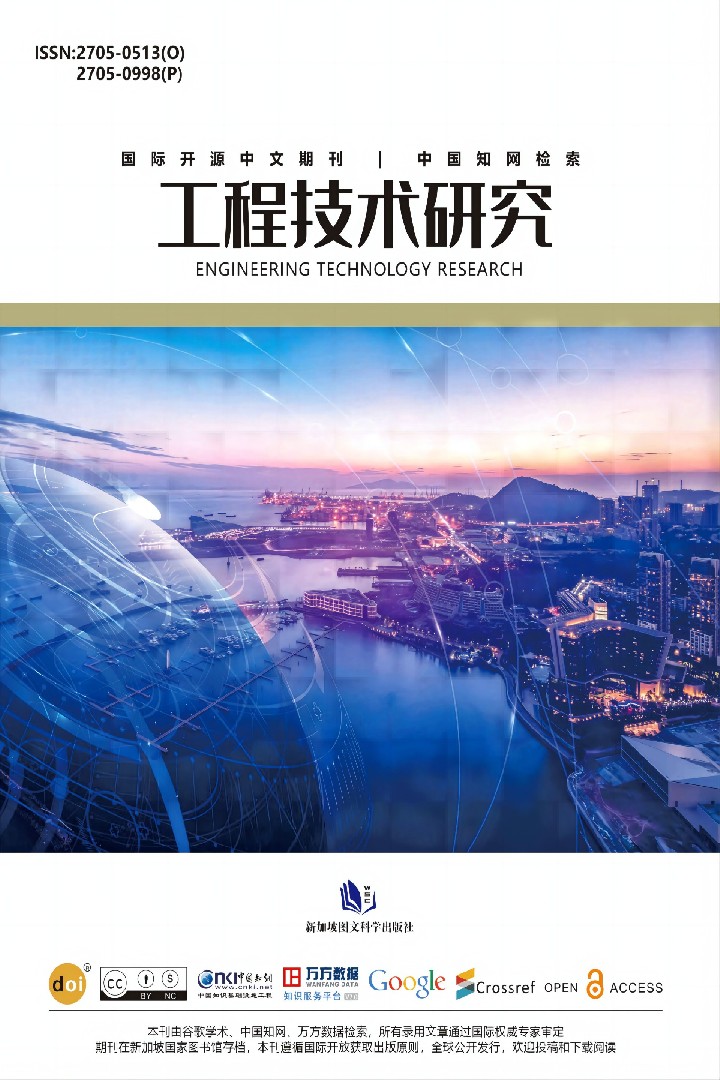作者
阿莱西·库尔特,冈腾·丹尼尔
文章摘要
沥青混凝土是现代世界最重要的建筑材料之一,但人们对金属从这种复合材料中浸出到环境中的可能性知之甚少。在这项研究中,研究员分析了从四个热拌沥青样品中浸出的金属:两个低流量和高流量成分的新鲜样品及其从加拿大艾伯塔省埃德蒙顿市的道路上收集的风化等效物。基于社区参考局方法的顺序提取被用于研究这些样品中金属和准金属的形态和潜在流动性。在所有四个样品中鉴定出的主要痕量金属是 Mn、P、Ba、Sr、Zn、V 和 Ni,通常在风化沥青混凝土中发现的金属浓度最高。在主要的痕量金属中,P、Mn、Sr 和 Zn 相对移动,在可交换/酸溶和可还原部分中占总浓度的很大一部分。当考虑流动性最强的部分(可交换/酸溶)并使用加拿大作为模型国家时,高达 180 吨磷、440 吨锰、50 吨钡、36 吨锶、11 吨锌和 0.11-3.2 吨其他金属和准金属(包括 Cr、Ni、Cu、As 和 Pb)可能会从加拿大全部铺设公共道路的顶层浸出。为了正确看待这些数量,估计它们占加拿大每年向土壤、水和空气中释放的这些相同金属和类金属数量的 22%。然而,它们集中在道路和高速公路周围的一小块区域,造成局部土壤和地下水污染的可能性。
文章关键词
沥青;道路建设;城市环境;无机污染物;土壤污染
参考文献
[1] Birgisdottir, H., Gamst, J., & Christensen, T. H. (2007). Leaching of PAHs from hot mix asphalt pavements. Environmental Engineering
Science, 24(10), 1409–1422. [2] Canadian Council of Ministers of the Environment. (2018). Canadian Environmental Quality Guidelines. https://www. ccme.ca/en/resources/canadian_environmental_quality_ guidelines/
[3] Essoka, P. A., Ubogu, A. E., & Uzu, L. (2006). An overview of oil pollution and heavy metal concentration in Warri area, Nigeria. Management of Environmental Quality: An International Journal, 17(2), 209–215. [4] Ho, H. H., Swennen, R., Cappuyns, V., Vassilieva, E., & Van Tran, T. (2012). Necessity of normalization to aluminum to assess the
contamination by heavy metals and arsenic in sediments near Haiphong Harbor. Vietnam. Journal of Asian Earth Sciences, 56, 229–239. [5] Kalra, Y. P. (1995). Determination of pH of soils by different methods: Collaborative study. Journal of AOAC International, 78(2), 310–324. [6] Landsberger, S., Cerbus, J., & Larson, S. (1995). Elemental characterization of coal ash and its leachates using sequential extraction
techniques. Journal of Radioanalytical and Nuclear Chemistry, 192(2), 265–274. [7] von Gunten, K., Alam, M. S., Hubmann, M., Ok, Y. S., Konhauser, K. O., & Alessi, D. S. (2017). Modified sequential extraction for biochar and petroleum coke: Metal release potential and its environmental implications. Bioresource Technology, 236, 106–110. [8] Wilson, M. A., Burt, R., & Lee, C. W. (2006). Improved elemental recoveries in soils with heating boric acid following microwave total
digestion. Communications in Soil Science and Plant Analysis, 37(3–4), 513–524. [9] Yang, K., Miao, G., Wu, W., Lin, D., Pan, B., Wu, F., et al. (2015). Sorption of Cu 2+ on humic acids sequentially extracted from a
sediment. Chemosphere, 138,
Full Text:
DOI
